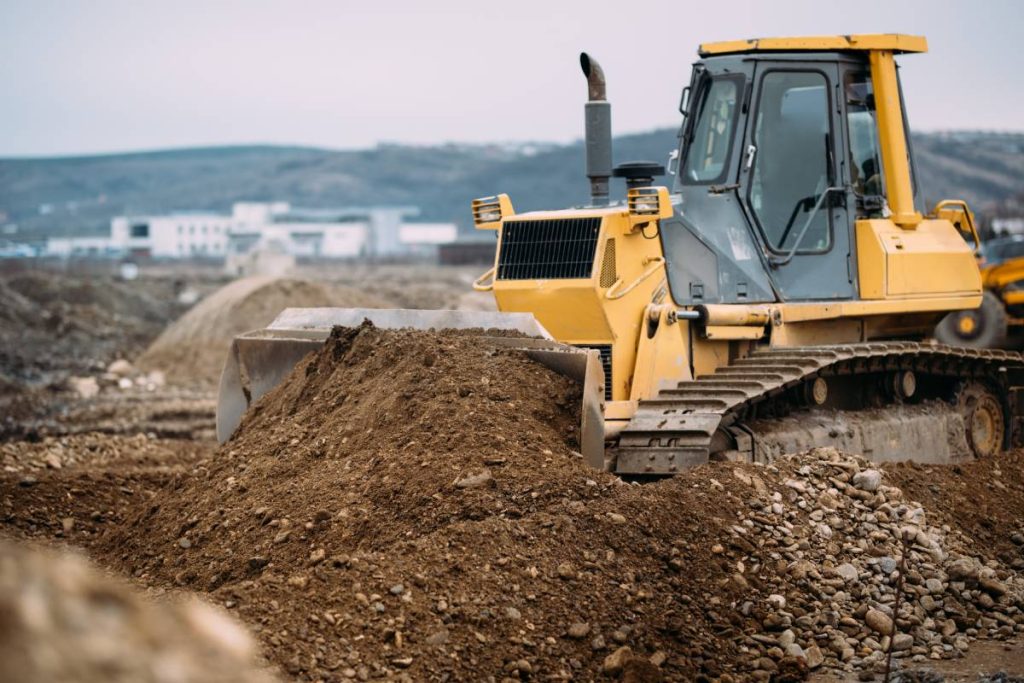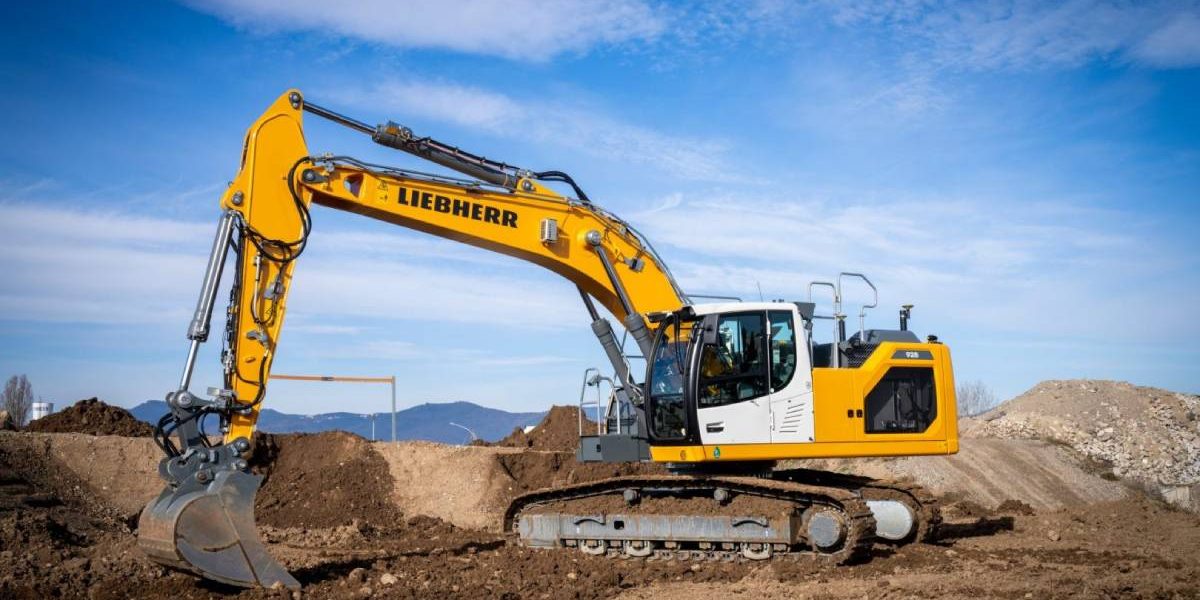In today’s fast-changing industrial world, it’s crucial to meet strict emissions standards while keeping engine performance at its best. Liebherr is one of the leaders in this area, known for its dedication to innovation and top-notch engineering. They have placed themselves at the forefront of emissions control technology by focusing on vertical integration and modular design.
This article will explain why picking OEM Liebherr exhaust systems is not just a preference but a smart choice for those who want dependable, efficient, and compliant machinery.
What is OEM exhaust?
OEM stands for Original Equipment Manufacturer. OEM exhaust refers to the exhaust system that comes installed in a vehicle when it is first manufactured. It’s the exhaust system provided by the original manufacturer of the vehicle. OEM exhaust systems are designed to meet the specifications and standards set by the vehicle manufacturer and are often installed to ensure proper performance, emissions compliance, and fitment.

Should I change from OEM to aftermarket exhaust for my Liebherr machine?
Changing from OEM (Original Equipment Manufacturer) to aftermarket exhaust for your Liebherr machine depends on various factors:
- Performance: Some aftermarket exhaust systems may offer improved performance, such as increased horsepower or torque, better fuel efficiency, or enhanced sound. If you’re looking for performance gains, an aftermarket exhaust could be beneficial.
- Durability and Quality: Ensure that the aftermarket exhaust you’re considering is of high quality and durability. A poorly made exhaust system may not last as long or perform as well as the OEM counterpart.
- Compatibility: Verify that the aftermarket exhaust is compatible with your Liebherr machine. It should fit properly and integrate seamlessly with other components of the machine without causing any issues.
- Warranty: Check if installing an aftermarket exhaust will void any warranties on your Liebherr machine. Some manufacturers may void warranties if non-OEM parts are installed.
- Emissions Compliance: Ensure that the aftermarket exhaust meets emissions regulations in your area. Using a non-compliant exhaust system could result in legal issues or fines.
- Cost: Consider the cost of the aftermarket exhaust compared to the potential benefits. Sometimes aftermarket parts can be more affordable than OEM parts, but make sure you’re not sacrificing quality for a lower price.
- Noise Levels: Keep in mind that aftermarket exhaust systems may alter the sound profile of your machine. Make sure the noise levels are acceptable for your intended use and comply with any noise regulations in your area.
Ultimately, the decision to switch from OEM to aftermarket exhaust depends on your specific needs, preferences, and circumstances. If you’re uncertain, it might be helpful to consult with a trusted mechanic or specialist familiar with Liebherr machines to get personalized advice.
But we’re telling you this, for your Liebherr machine, you don’t need any aftermarket exhausts because the OEM one should be efficient enough. We are about to tell you why in the next chapter.
Why you should stick with OEM Liebherr exhausts

When it comes to emissions standards and engine performance, Liebherr takes the lead with its expertise in developing exhaust gas aftertreatment systems. These systems, meticulously integrated with Liebherr’s diesel engines, effectively reduce harmful emissions and particles, meeting even the most stringent regulations.
Vertical integration is a cornerstone of Liebherr’s approach. By manufacturing key components and systems in-house, Liebherr ensures a high level of quality and adaptability. Liebherr offers a standard basic engine that can be easily tailored to different emission standards through minor modifications or the addition of exhaust gas aftertreatment systems. This modular approach allows Liebherr to meet diverse emission regulations across various countries and regions with a single-engine architecture.
Here’s why you don’t need any aftermarket exhaust and should stick with OEM Liebherr exhausts:
1. Modular System for Every Emission Standard
Liebherr’s engines are designed with a modular system that allows for easy adaptation to different emission standards. Whether it’s for unregulated markets or compliance with Stage IV and Tier 4 final regulations, Liebherr engines can be configured accordingly.
2. Fuel-Optimized Engine Configuration
Liebherr’s basic engines, even without exhaust gas aftertreatment, are optimized for fuel efficiency. These engines are highly robust and can reliably operate with fuels of varying qualities, making them ideal for diverse operating conditions.
3. Common Rail System
The injection system developed by Liebherr is precisely matched to the engines, ensuring high performance while minimizing fuel consumption. This Common Rail system contributes to the overall efficiency and reliability of Liebherr engines.
4. Engine Control Unit
Liebherr’s electronic engine control not only manages injection and combustion processes but also regulates exhaust gas aftertreatment. This comprehensive control ensures optimal engine performance and emissions reduction.
5. EGR Technology for Stage IIIA Compliance
For markets with slightly regulated emissions standards, Liebherr engines are equipped with Exhaust Gas Recirculation (EGR) technology. This system reduces nitrogen oxides to meet Stage IIIA compliance, demonstrating Liebherr’s commitment to environmental sustainability.
6. Strategy for Emissions Stage V
Looking ahead to future emissions standards, Liebherr has developed innovative solutions like the SCRFilter system. Already certified for Stage IV and the Swiss market, this system combines DOC catalytic converters, SCR catalytic converters, and SCR-coated particulate filters for efficient emissions control.
When it comes to your machine, you want to make sure it’s reliable and performs well. That’s why I recommend sticking with OEM Liebherr exhausts. They’re compliant too, so you can be confident in their quality. Plus, Liebherr is all about innovation and sustainability, so you don’t need to consider aftermarket exhaust alternatives.
In conclusion
Liebherr’s journey in emissions control and exhaust technology really shows their commitment to top-notch quality. They’ve got everything from modular designs to cool stuff like the SCRFilter system, proving they get the big picture when it comes to emission rules. When operators pick Liebherr’s OEM exhaust systems, they’re getting solid reliability, great performance, and they’re doing right by the planet. In our world, where being sustainable and efficient is key, Liebherr is leading the charge in emissions control tech, paving the way for a cleaner, more sustainable tomorrow.











